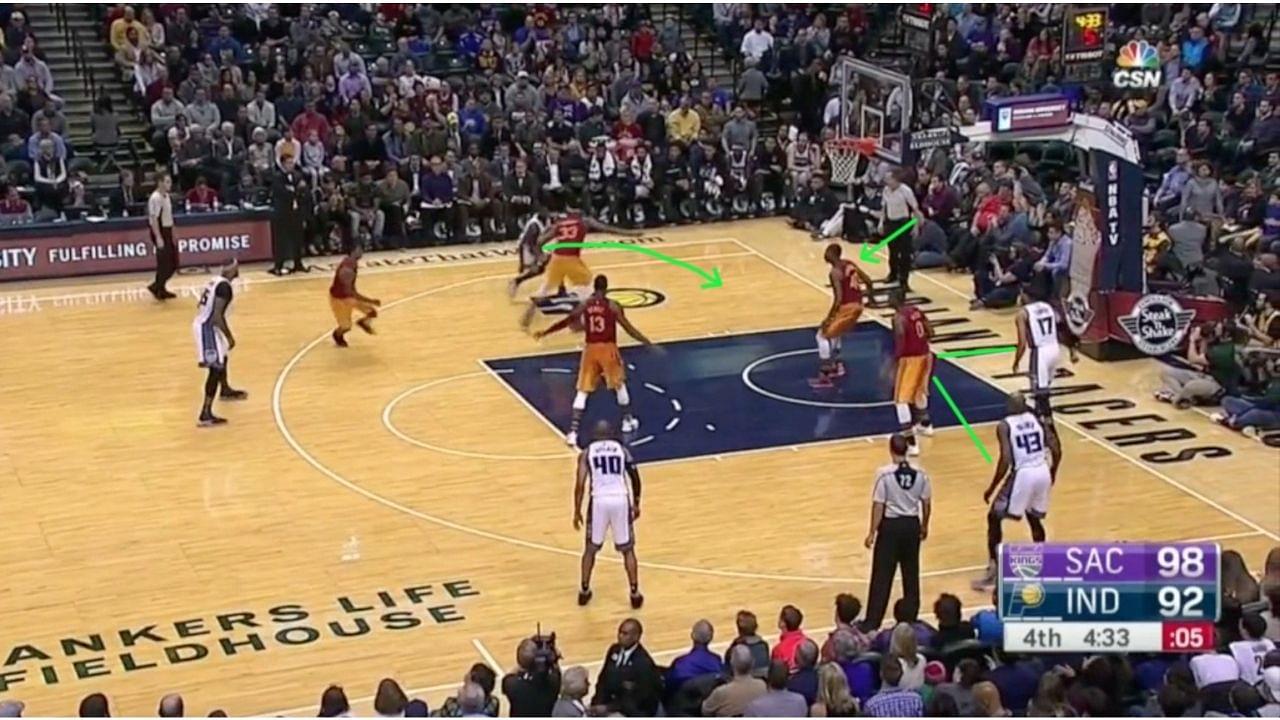There are a number of first-time viewers of the game of basketball during these NBA playoffs. We wish to explain the 3-second defensive rule to them.
Advertisement
The defensive 3-second rule was introduced by the NBA in order to rein in the effectiveness of zone defenses, which had then been made legal. For the first time in the history of the league, teams could adopt a historically frowned-upon method of team defense. But the benefits of zone defense were limited to specific situations because of this contextual change in its application.
What is illegal defense in the NBA?
The defensive 3-second rule simply states that a defender cannot be camped inside the paint area for longer than 3 seconds. However, a defender actively guarding an opponent is allowed to stay in the paint for as long as that move needs him to.
In order to qualify for being in that ‘active guarding position’, the defender would need to be within an arm’s length of the opponent and do that while being in a guarding position.
Also Read: NBA clear path foul: What is a clear path foul in the NBA; complete explanation of the rule
A violation will not be called –
- If an offensive player is in the act of shooting
- If the offensive team loses control of the ball
- If it is imminent that the defender’s position will become legal or
- If the defender is guarding a player who has possession of the ball.
Upon violation of the defensive 3-second rule, the offensive team gets one free throw and retains possession of the ball. Defensive 3-second calls are, however, pretty rare in the NBA. Many players get away with not putting their foot out of the paint for extended periods purely because of officiating oversight.
I disagree. If you want to discourage stalling (and I think stalling is a great strategy), do what the NBA used to do and bar zone defenses and have an illegal defense violation.
— Gary R. Rasberry Jr. (@Grasberry73) August 30, 2020
This rule is similar in nature to the offensive 3-second rule, in which offensive players aren’t allowed to stay within the paint for over 3 seconds. But the intent and implementation of the offensive rule is different from the defensive rule, and the offensive rule is much older than the defensive rule.
